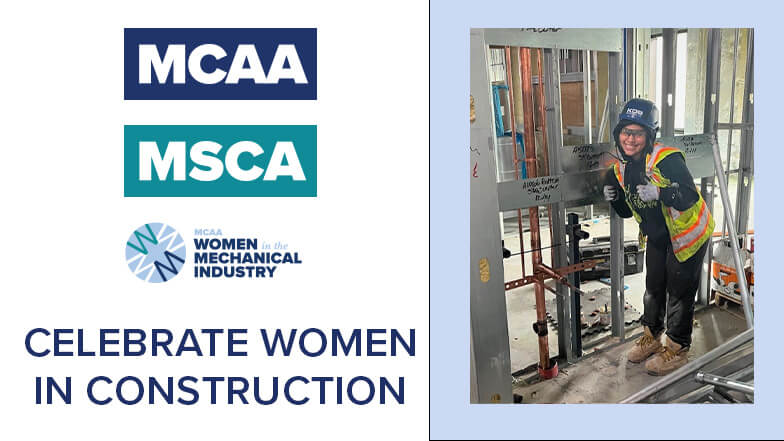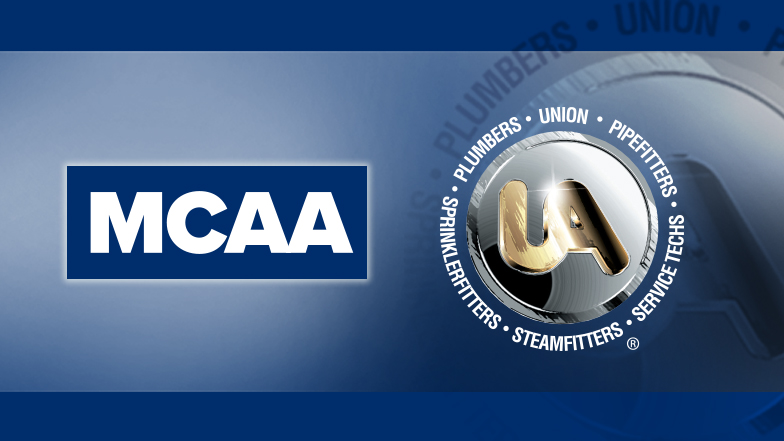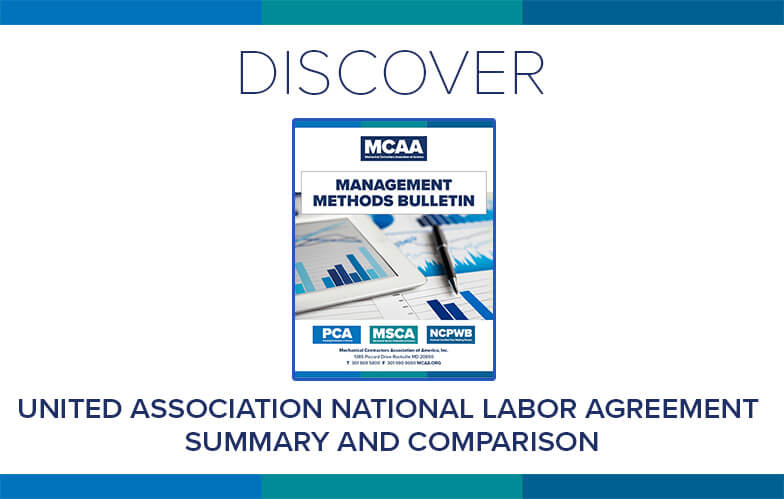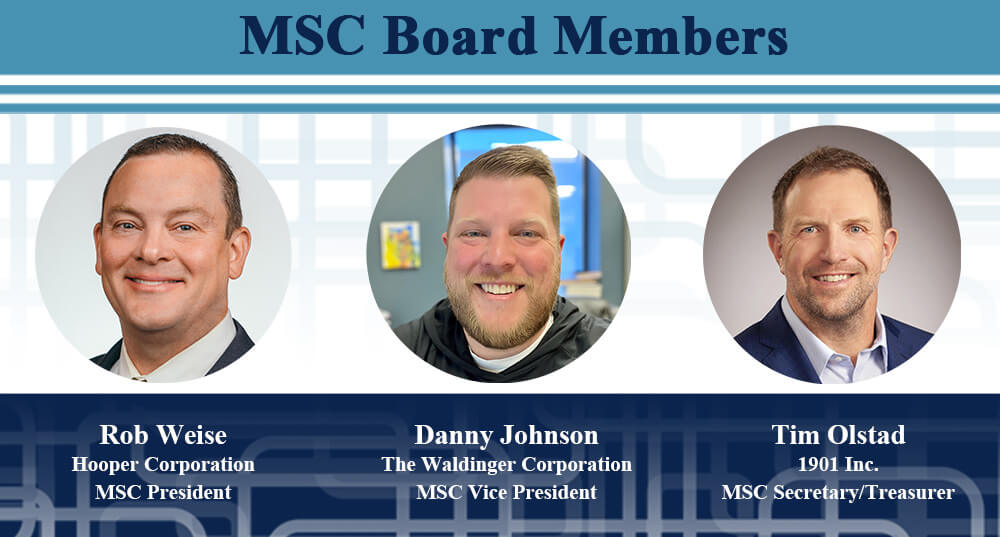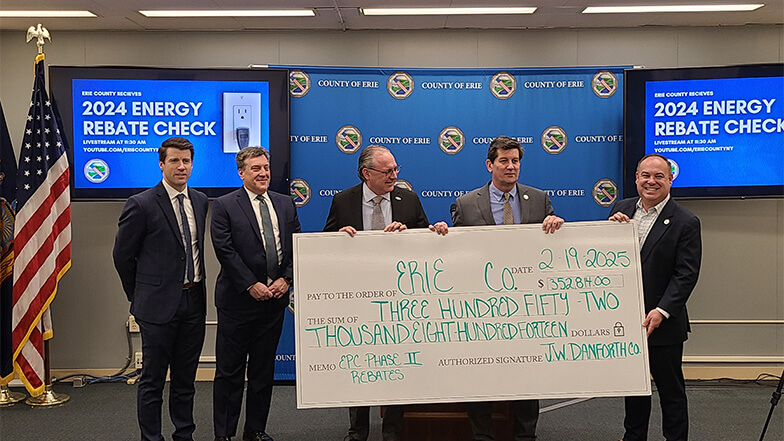Featured Resources

Change Orders, Productivity, Overtime—A Primer for the Construction Industry
This planning tool helps you determine the costs associated with unplanned events, circumstances and factors that may impact the outcome, productivity and schedule of construction projects. New for 2024: a chapter exploring the factors that contribute to BIM cost and time overruns.
Mental Health Awareness & Suicide Prevention Video
Our newest safety and health video highlights the success story of an industry veteran, with appearances from MCAA’s president Robert Beck, the UA’s Jen Massey, industry expert Dr. Sally Spencer Thomas, and MCAA member Ricky Reams.

WebLEM is the industry’s most reliable authority for comprehensive labor units for typical project tasks. Quickly search for and retrieve information. WebLEM is reviewed and updated to reflect the latest products and joining methods. You will need your MCAA.org username and password to log in to WebLEM. For WebLEM access questions, please refer to the WebLEM Access FAQs page.

National Service and Maintenance Agreement
The National Service and Maintenance Agreement is an agreement negotiated and administered by the United Association of Journeymen and Apprentices of the Plumbing and Pipefitting Industry (UA) and the Mechanical Service Contractors of America (MSCA) and is a signed contract between the UA and individual mechanical service contracting firms who apply and qualify. The Agreement is a nationally recognized tool that helps contractors provide quality, consistent service to their customers throughout the country and helps reclaim lost market share.
Women in Construction Week is an important opportunity to celebrate and recognize the invaluable contributions of women in the construction industry. This week highlights their achievements, honors their dedication, and inspires future generations to pursue careers in the field. Today, we hear from Michelle Mendoza, 3rd Year Apprentice, on her journey from high school student, through the trades, a successful career, and now as a mentor.
MCAA’s Virtual Trade Show connects our contractor members with the members of MCAA’s Manufacturer/Supplier Council.
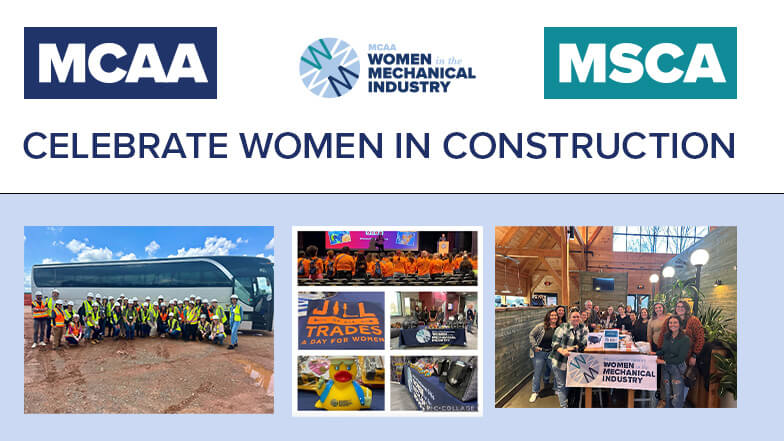
Women in Construction Week is an important opportunity to celebrate and recognize the invaluable contributions of women in the construction industry. This week highlights their achievements, honors their dedication, and inspires future generations to pursue careers in the field. By showcasing their impact and leadership, we can help break down barriers and create new opportunities for growth and innovation. Let’s continue to support and empower women in construction, driving progress for the industry as a whole.
MCAA member contractors and local affiliates are encouraged to participate in an upcoming UA organizing blitz. This is a great opportunity to share the benefits of working for a union contractor and enhance the labor/management relationship. Read on to learn more, then register for a blitz near you.
Over the years, the United Association (UA) and other interested parties have developed agreements to assist contractors and UA labor in determining types of tasks, jurisdiction and labor groups covered for projects and other applicable purposes. MCAA’s United Association National Labor Agreement Summary and Comparison summarizes the provisions of these agreements and who they cover to assist contractors in selecting the agreement that best fits their needs. It’s just one of MCAA’s educational resources that are free to MCAA members as a benefit of membership.
The Manufacturer/Supplier Training area of MCAA’s website connects our contractor members with training opportunities available from the members of MCAA’s Manufacturer/Supplier Council.
The NCPWB Technical Conference is just around the corner! Don’t miss this exciting opportunity to learn, share, and connect. This year’s conference is packed with valuable content and unmatched opportunities to network with friends, colleagues, and new acquaintances. We’re also introducing for the first time, an exhibitor showcase on Monday afternoon where you can see the latest and greatest welding technologies. Don’t miss it – register today!
Madison Area Mechanical & Sheet Metal Contractors Association (MSC) Executive Director Julie Walsh announced the appointment of Rob Weise, Vice President of Hooper Corporation, to MSC President; Danny Johnson, Regional Operations Manager at The Waldinger Corporation to MSC Vice President, and Tim Olstad, Operations Manager at 1901 Inc., to MSC Secretary/Treasurer.
Madison Association of Plumbing Contractors (MAPC) Executive Director Julie Walsh announced this week that Paul Christensen will serve as MAPC President with Brian Schultz as Vice President, Chris Behrendt, P.E., as Secretary, and Jesse Pertzborn as Treasurer.
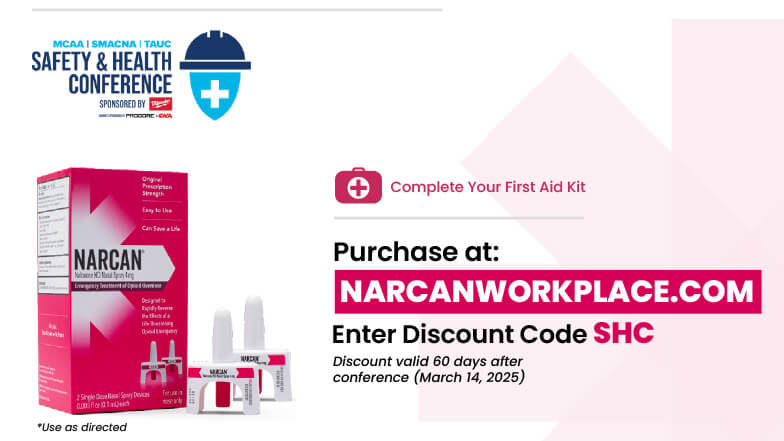
MCAA is committed to ensuring that safety and preparedness are within reach for every employee. Now MCAA and Safety Alliance members can save on NARCAN®, a life-saving opioid overdose reversal medication. See the flier for details and a QR code with additional information and resources. Act fast – the discount is only good until March 14, 2025.
The ripple effect of change begins with one small action – and in the mechanical industry, women are making waves. This year’s theme for the Women in the Mechanical Industry (WiMI) Conference, The Ripple Effect: Women Impacting Our Industry, highlights the powerful role women play in shaping and driving change across the industry. Women are not only breaking barriers but are leading the charge for innovation, progress, and inclusivity, creating lasting impacts that reverberate far and wide. Join them and empower your journey. Register today!
Representatives from John W. Danforth Company, an MCAA member, gathered with Erie County Executive Mark C. Poloncarz and other County representatives on February 19 to celebrate the success of the County’s multi-year Energy Performance Contract. Danforth presented the County Executive a ceremonial check for $352,814, representing the utility rebates associated with Phase II of the contract.
MCAA’s web-based labor estimating manual is an invaluable tool for your business. Free as a benefit of your membership.
WebLEM
Scholarships are just one way the John R. Gentille Foundation is investing in your industry’s future. Have you invested in it?
JRGF
You can make an impact on the future of your industry and your business by contributing to the MCAA Political Action Committee.
MCAA PAC
Looking for an intern? You can head to our improved student chapter website and check out the great resumes there!
MCAAGreatFutures
The year-round involvement of our manufacturer/supplier members is part of what makes MCAA special. Learn more about the Council and the value it brings to MCAA.

